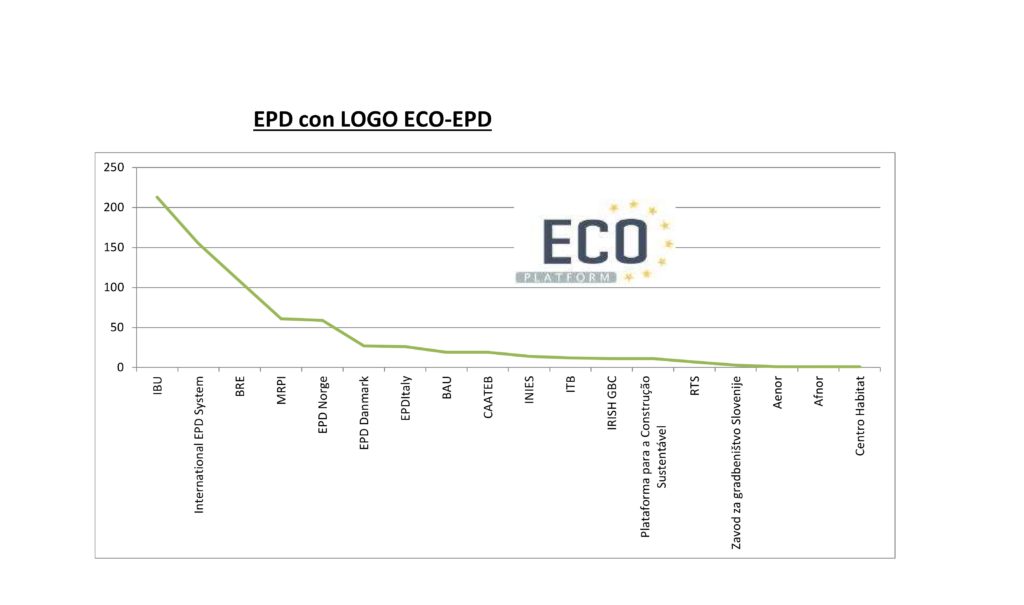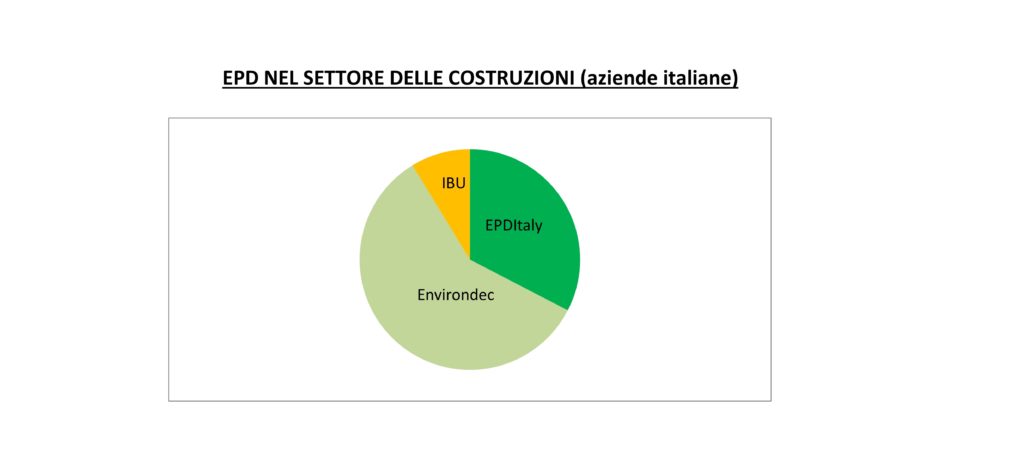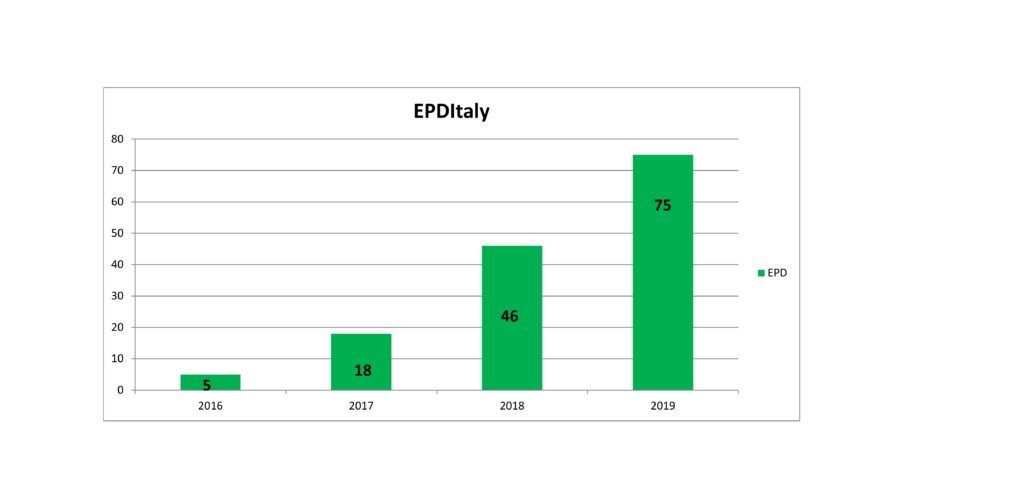Published EPDs increase: by how much and why?
In the last year we have seen a marked and constant growth in the number of Environmental Product Declarations (better known by the name of EPD – Environmental Product Declaration) published in the various European Program Operators. A recent comparison shows that the Program Operator with the highest number of published EPDs is the French Inies (2,321 EPD) followed by the German Ibu (1,757 EPD).
It is precisely Ibu that boasts the largest number of EPDs bearing the Eco Epd logo (214), or the logo that highlights the compliance of the document with the requirements of the EN 15804 standard, making it easier for other Program Operators to recognize it and allowing the registration of the products also on the international ECO Platform website (www.eco-platform.org/), thus enhancing their international visibility.

Regarding the Eco Epd logo, in just 3 years of operation, EPDItaly, the internationally recognized Italian Program Operator, won seventh place with 25 EPDs bearing this logo in front of the Austrian Bau Program.
The construction sector is the one most sensitive to the increase in EPD; in fact, in Europe there are a total of 7,550 EPDs relating to construction and 142 for the Food & Beverage sector. The following chart refers to the EPD data published by Italian companies in three Program Operators of different European countries: Sweden 135 EPD (operational for over 15 years), Germany 20 EPD (about 10 years) and Italy 75 EPD (3 years).

We can therefore note that, although with a very limited period of activity compared to competitors, EPDItaly has already reached an important number of publications.
The EPDs published on www.epditaly.it have increased significantly from 46 in 2018 to 75 in 2019 thus increasing by 63% in the last 12 months. The main sectors involved are concrete and cement, ceramics, steel, insulating materials and bricks, but remember that the Program Operator is open to all other sectors, for example food, chemicals, cosmetics, etc.

Let’s see below what are the main reasons and benefits that push companies to equip their products with this type III environmental label:
– influences designers and consumers, directing their choices on products with a lower environmental impact and allowing them to acquire more credits in the main rating systems of buildings (such as Leed, Breeam, Itaca) and infrastructure (Envision);
– recognition on the market and access to international markets, as manufacturers have a powerful communication and marketing tool at their disposal which distinguishes them by attention to the environment and differentiates them from the competition, guaranteeing global visibility;
– production and maintenance efficiency, thanks to the analysis of life cycle processes (Lca) which allows to identify the main peaks in terms of consumption and emissions;
– qualification of suppliers, who must adapt to deliver increasingly efficient products with a verified low environmental impact;
– fulfillment of legal obligations, as the EPD is one of the most recurring methods of verification to demonstrate the compliance of products and materials with the provisions of the Decree on minimum environmental criteria (Construction Cam).

